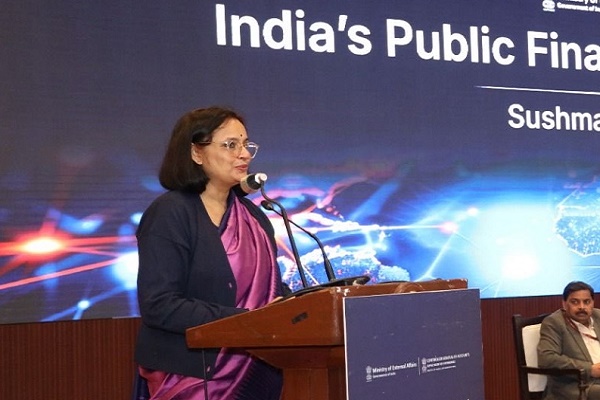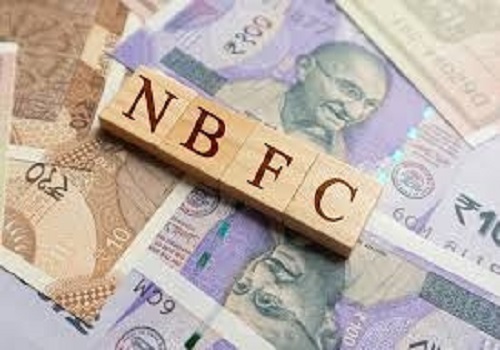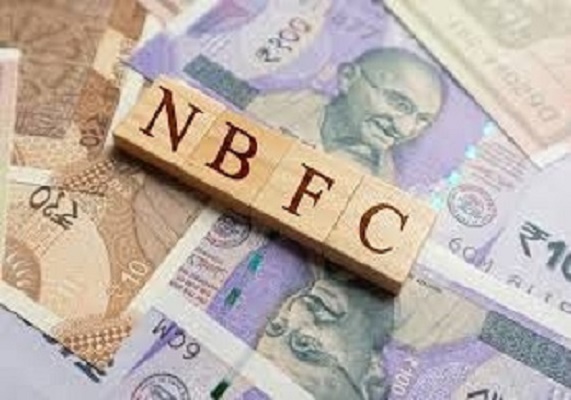NBFC Sector Update : RBI reduces risk weight on MFI loans and loans to NBFCs by Motilal Oswal Financial Services Ltd

RBI reduces risk weight on MFI loans and loans to NBFCs
Supportive regulatory action continues; positive for both banks & NBFCs
The Reserve Bank of India (RBI) has announced a significant policy reversal, restoring the risk weights on exposures of SCBs to NBFCs, as well as Micro-Finance Institutions (MFI), to their original levels. This decision effectively reverses the 25% increase in risk weights on bank loans to NBFCs that RBI had implemented in Nov’23. Below are our views on the same:
Reduction in risk weights to support growth and improve CET-1 for banks
The earlier increase in risk weights on bank loans to NBFCs (in Nov’23) had led to a rise in RWA for banks, putting pressure on CET-1 ratios. This strained the capital adequacy, creating challenges for banks, particularly those with already thin capital buffers. The restoration of risk weights to pre-Nov’23levels will help alleviate this pressure, especially as the profitability of many mid-sized banks is already under pressure due to asset quality concerns in unsecured segments. As a result, banks are expected to witness an improvement in their CET-1 ratios, as they will require less capital against these loans. Stronger capitalization will enhance banks’ ability to absorb potential AQ shocks and support recovery in business growth.
Risk weights on MFI exposure restore to 100%/75% from 125%
The reversal in risk weights on MFI loans from 125% to 100%/75% will help reduce RWAs for banks,supporting capital adequacy levels. Universal bankslike Bandhan, IIB, IDFCFB, RBK, and some SFBs with significant exposure to the microfinance sectorwill be the key beneficiaries. The improved capital position will enable some of these banks to operate with optimal leverage, thus supporting their RoE and alleviating the need to raise capital in the short term.
Regulatory intent more important than regulatory action
While the 25% reduction in risk weights, in isolation, may not be a significant incentive for banks to lend to NBFCs—since many are already grappling with elevated CD ratios, asset quality issues, and margin pressures—the intent behind thisregulatory action and the timing of the reduction in risk-weight when the system is dealing with heightened asset quality issues, particularly in MFI, are crucial. This is because: ? It highlights the regulator’s preference to support growth and sends a clear signal to lenders to avoid being overly cautious when lending to the NBFC and MFI segments. ? We note that over the past nine months,the MFI industry loan book has declined 11% YTD, while bank loansto NBFCs have seen a decline in growth to 6.6% YoY in Dec’25 vs 30% YoY growth in FY23 and 16% YoY growth in FY24. We,thus, expect a recovery in both these segments in the coming quarters.
Supportive regulatory actions continue; positive for both banks & NBFCs
* RBI has initiated several regulatory measures in recent months to support the sector and enhance the operating performance of lenders. This includes: i) a reduction in the repo rate, ii) undertaking of several liquidity-enhancing operations, iii) deferment of LCR, ECL, and project-financing regulations, and iv) the lifting of supervisory restrictions on KMB and many others.
* The current step to reduce the risk weight for lending to NBFCs and MFIs comes at a time when the system is still navigating asset quality stress, with MFI lenders, in particular, expected to face elevated provisions in the upcoming quarter.
* This highlights the regulator’s intent to focus on growth and ensure credit availability to underserved sections of society, aligningwith the government’s goal of improving rural income and supporting overall consumption.
* The reduction in risk weights will lower capital consumption for banks, which are likely to pass on partial benefits to NBFCs in the form of lower lending rates, in addition to the transmission from the recent repo rate revision. This could potentially reduce borrowing costs for NBFCs and supportmargin and growth recovery. Key beneficiaries: Bandhan, IndusInd, and RBL Bank.
For More Research Reports : Click Here
For More Motilal Oswal Securities Ltd Disclaimer
http://www.motilaloswal.com/MOSLdisclaimer/disclaimer.html
SEBI Registration number is INH000000412










More News

Consumer Sector Update : Mixed growth diversity; pricing to ease margin pressure by Motilal ...














